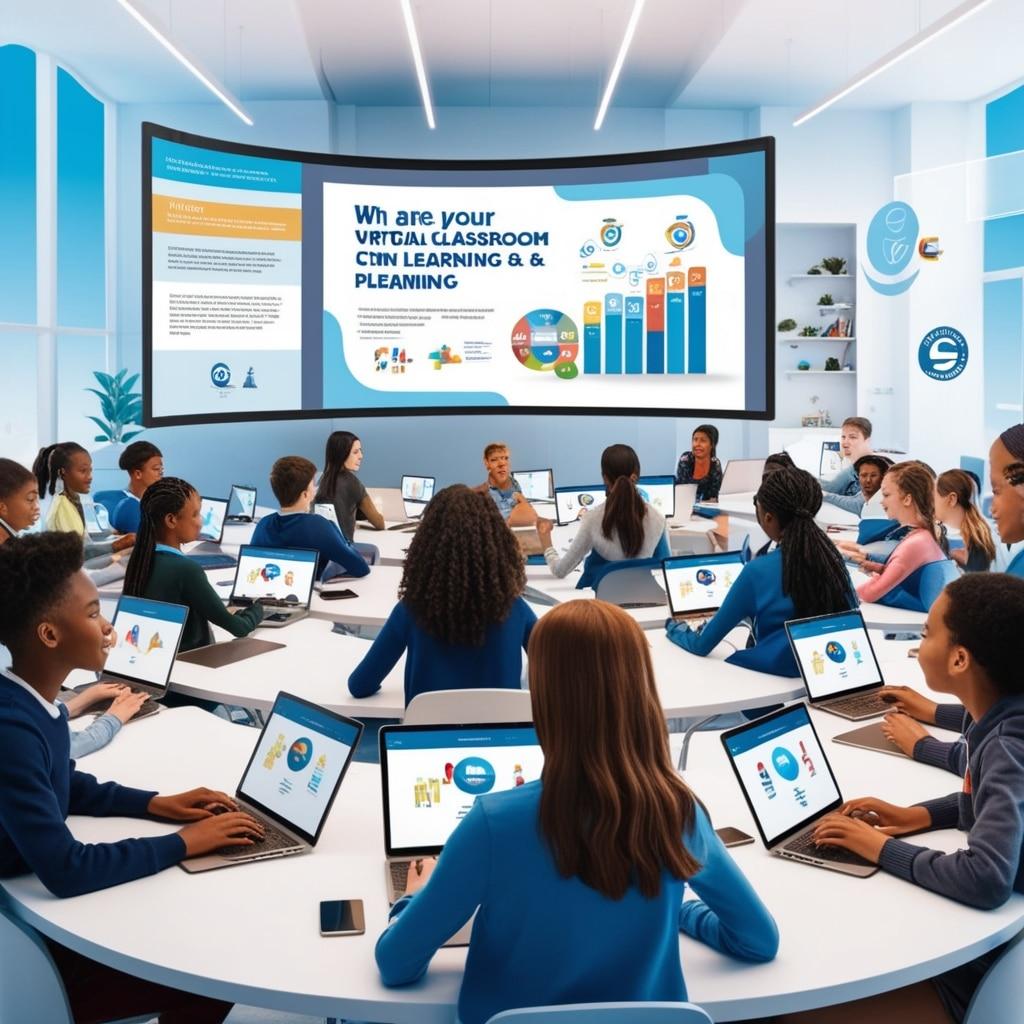10 Proven Strategies for Effective Remote Teaching: Maximize Online Classroom Success
Remote teaching has rapidly evolved from a niche solution to a mainstream educational necessity. As institutions and educators adapt, the pursuit of effective remote teaching strategies has become more crucial than ever. Whether you teach K-12 students, university classes, or conduct professional growth, mastering online teaching techniques is the key to maximizing online classroom success.In this article, we’ll dive deep into 10 proven strategies for effective remote teaching, offer practical tips, explore the benefits, and share insights from the field.
Benefits of Effective Remote Teaching
- Increased Accessibility: Students can learn from anywhere, reducing geographical barriers.
- Flexible Learning: Both synchronous and asynchronous options allow learners to study at their own pace.
- Personalized Feedback: Digital tools make it easy to track student progress and provide targeted feedback in real-time.
- Engaged Learners: Diverse online resources and interactive activities cater to various learning styles.
- Cost-Effectiveness: Reduces transportation and materials expenses for institutions and learners alike.
10 Proven strategies for Effective Remote Teaching
-
1. Establish Clear Communication Channels
Clarity is vital in remote learning. Use consistent tools—such as email, learning management systems (LMS) like Moodle or Google Classroom, and communication apps (Slack, Microsoft Teams)—to keep everyone informed. Set guidelines for response times and office hours so students know when and how to reach you.
-
2. Design Engaging and Interactive Courses
Keep remote students attentive and motivated by integrating multimedia, live polls, breakout rooms, and interactive quizzes.Utilize platforms like Kahoot!, Padlet, or nearpod to facilitate interactive sessions that foster active learning and participation.
-
3. Foster an Inclusive and Supportive Classroom Culture
Create a safe, welcoming online space where all voices are heard. Set ground rules for respectful discussion. Emphasize community by regularly checking in with students, celebrating achievements, and encouraging collaborative projects.
-
4. Use Structured Schedules and routine
Structure helps students thrive in virtual environments. Publish weekly schedules, assignment deadlines, and lesson plans in advance. Use calendar integrations and reminders to help students stay organized and manage their time well.
-
5. implement Varied Assessment Methods
Diversify how you measure progress.Mix formative assessments (short quizzes,reflection journals) with summative assessments (projects,exams). Encourage peer feedback and self-evaluation to foster deeper learning and engagement.
-
6. Provide Timely and Constructive Feedback
Timely feedback is crucial for effective remote teaching. Use grading tools in your LMS to return work promptly. offer video feedback or voice memos for a personal touch, and hold one-on-one virtual meetings to discuss progress.
-
7. Leverage Technology Effectively
Make the most of digital tools. Integrate video conferencing (Zoom, Google Meet), screencasting (Loom, Screencastify), collaborative documents (Google Docs), and discussion forums. Ensure tech is user-friendly and offer tutorials for both students and parents as needed.
-
8. Encourage Student Autonomy and Self-Regulation
Remote learning excels when students take ownership of their education. Guide students in setting learning goals, tracking their own progress, and reflecting on outcomes.Encourage use of planners and digital calendars to manage workloads independently.
-
9. Prioritize Social and Emotional Learning (SEL)
check in on your students’ well-being with regular SEL activities, mindfulness breaks, or open discussions. Recognize signs of stress or disengagement early and connect students with support resources when necessary.
-
10. Continuously Evaluate and Adapt Practices
Solicit feedback from students frequently enough. Use surveys or virtual suggestion boxes to gauge what’s working and what needs improvement. Stay updated on best practices in online teaching and don’t be afraid to experiment.
Practical Tips for Online Classroom Success
- Test Technology Beforehand: Avoid class disruptions by conducting tech checks before each session.
- Set Clear Expectations: Share course objectives, grading policies, and classroom etiquette at the outset.
- Record Lessons: Provide access to recorded lectures for students who miss live classes or want to review material.
- Be Present: Show your face in videos, respond promptly to messages, and stay active in discussion boards to maintain engagement and support.
- Promote Peer Interaction: Assign group work and foster online study groups to build a sense of community and teamwork.
Real-World Success Stories
Case Study: Virtual High School Science
When the pandemic shifted Mrs. Jones’s high school chemistry class online, she implemented a flipped classroom model using pre-recorded lectures and interactive virtual labs. By actively using breakout rooms for small group discussions and integrating real-time feedback tools, her students reported increased understanding and engagement. Many even preferred the remote format!
educator Experience: College Language Course
Professor Lee revamped her college language course by incorporating gamified quizzes and weekly live conversation tables through Zoom. Attendance and participation soared, and students appreciated the flexible learning environment offered by remote teaching.
Final Thoughts: The Future of Remote Teaching
Effective remote teaching is here to stay. By leveraging these 10 proven strategies—embracing new technologies, fostering community, maintaining open communication, and continually adapting—you can achieve remarkable results and maximize the success of your online classroom. The journey to becoming a triumphant remote teacher involves continuous learning, empathy, and a commitment to student growth. Stay flexible, stay connected, and you’ll inspire your students—no matter where they log in from.
Ready to take your remote teaching to the next level? Bookmark this guide, share it with colleagues, and start implementing these strategies today to transform your online classroom into a hub of engagement, collaboration, and academic success.

